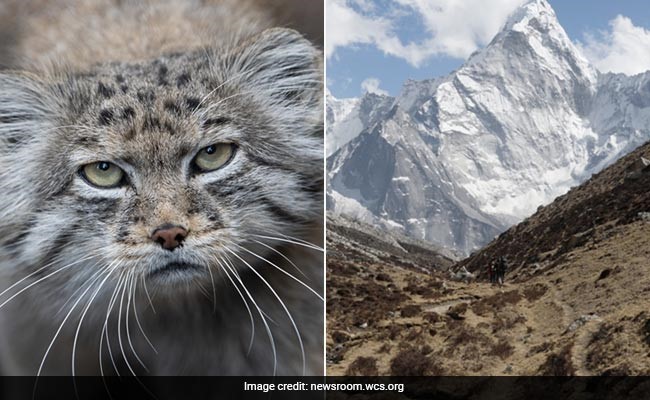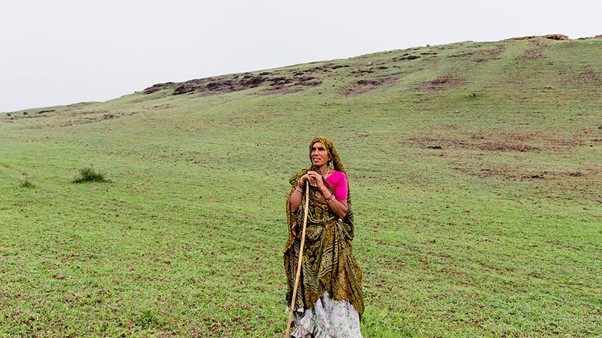Description

Disclaimer: Copyright infringement not intended.
Context: The first Pallas's cat sighting on Mount Everest, in the Sagarmatha National Park in Nepal, has been documented
Details:

- Well-furred cats from the cold Asian steppes, Pallas’s Cats Otocolobus manulare also called Manul, Steppe Cat or Rock Wildcat.
- These small cats have a stocky body with thick, soft fur and an abundant dark, woolly underfur which is double the length of that on the rest of the body.
- The colour varies from a light grey to a yellowish buff and russet, with the white tips of the hair producing a frosted appearance.
Distribution:
- Manul occur in Central Asia, from the Caspian Sea through Iran, Afghanistan, Pakistan and northern India to central China, Mongolia and southern Russia.
Habitat:
- Their habitat is characterized by an extreme climate with little rainfall, low humidity and a wide range of temperatures.
- Their primarily habitat is the steppe grassland regions of Mongolia, China and the Tibetan Plateau.
- They have been recorded up to 4,800 m in cold, arid habitats of the dry grassland steppes interspersed with stone outcrops, and in stony desert.
- These little predators prefer valleys and rocky areas where they have some cover, and avoid completely open habitats.
- They avoid areas of snow cover that exceed 10 cm, and the continuous snow cover of 15-20 cm marks the ecological limit of the species.
.jpeg)
Threats:
- habitat fragmentation and degradation due to overgrazing by domestic livestock and conversion to arable land
- predation by herding/domestic dogs
- mining and infrastructure developments
- prey depletion due to government sanctioned poisoning campaigns for pikas and other rodents in some areas; overexploitation of picas for food and their fur in other areas
- hunted for its fur in large numbers
- demand as exotic pets and used in traditional medicines in Mongolia and Russia
- depletion of marmots which are commonly hunted.Their burrows are used by the cats to provide shelter, avoid predation, giving birth and raising young
Conservation:
- Since 2012, the Pallas’s Cat Working Group (PCWG) has existed as a network consisting of around 30 members from range countries as well as international experts.
- PCWG aims to unite efforts of specialists in Pallas’s cat study and conservation all over its global range.
- In 2016, the Pallas’s cat International Conservation Alliance (PICA) was founded. PICA is a collaboration between the Royal Zoological Society of Scotland, Nordens Ark Zoo of Sweden and the Snow Leopard Trust, funded by Fondation Segré.
- The first range-wide Conservation Strategy was developed together with PCWG and published in 2019.

https://www.ndtv.com/feature/rare-cats-discovered-on-mount-everest-in-first-such-sighting-3728430







.jpeg)






